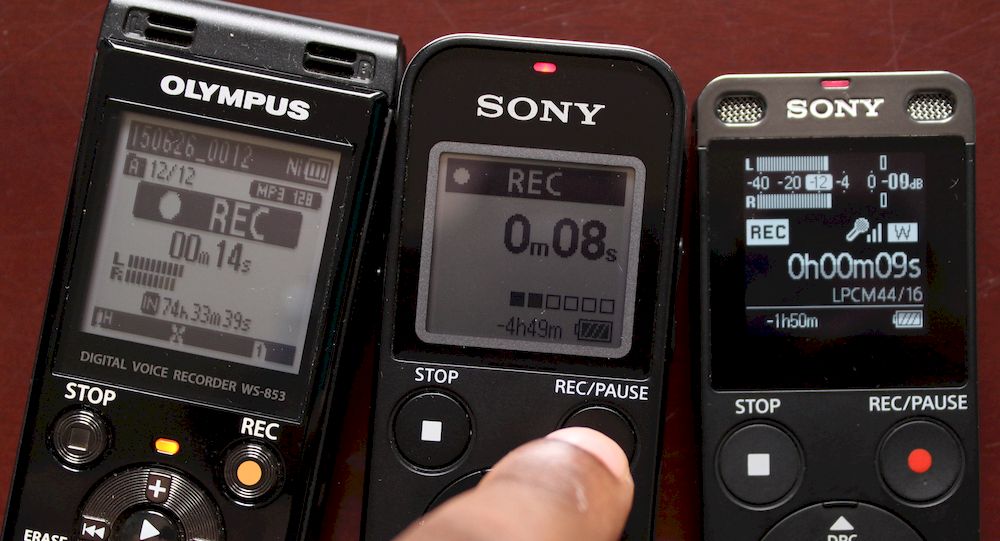
Do not rely on the cursor alone as a pointer.It will help keep those who are remotely connected more in-tune with the lecture. Do your best lift energy levels and sound positive. Remember, your video needs to be engaging more so than in-person lecture.WATCH every moment of your first few videos to make sure there isn’t anything you don’t want there (notifications, student info, etc.).Watch them, listen to them, ask a family member to listen.

Make several practice videos (~5 minutes).
#Best camera to record lectures software
Recommendation: Make a “Presentation User” on your device that doesn’t have most communication software and can’t access and personal items.Students can potentially see webpages you’ve bookmarked, photos, etc.PAUSE the video or MUTE audio to take a drink if you need to.Stay calm, slow your breathing (this will help slow you down too).Completely restate the question and then answer. Someone watching a video may not see the chat or hear the question. Use the chat feature to log questions and then answer them all at once.Plan breaks about every 10 minutes to give students the chance to ask question.Students are less likely to speak up during a video lecture.Recommendation: Only aim to prepare ~40minute videos.Recommendation: Split into shorter videos.You will cover material faster than normal when you don’t have students in front of you.I’ll clear out the breakout rooms after 1 minute and be prepared to report out” “I’m going to send you to breakout rooms, identify a reporter and chat for 1 minute.“Work the problem for one minute and submit the embedded quiz in panopto to continue the video”.“Work the problem for one minute and submit the problem on Socrative”.“You have one minute to work this problem … … ok, let’s see how you did”.“Pause the video here, solve the problem, play the video and we’ll see how close you got.Recommendation: Active learning exercises!.Asking someone to watch a video uninterrupted for 50 minutes is really hard!.




 0 kommentar(er)
0 kommentar(er)
